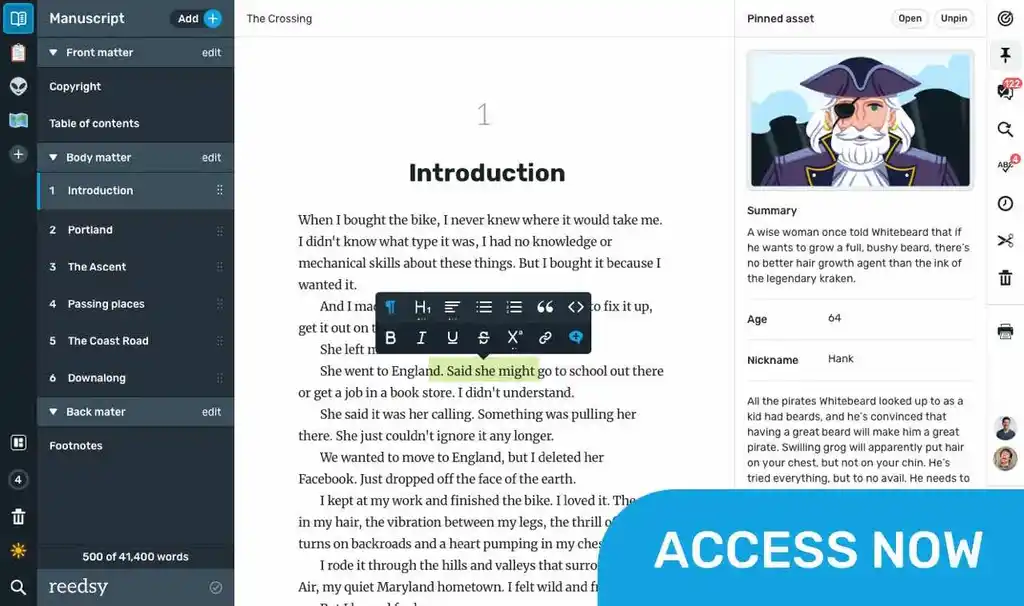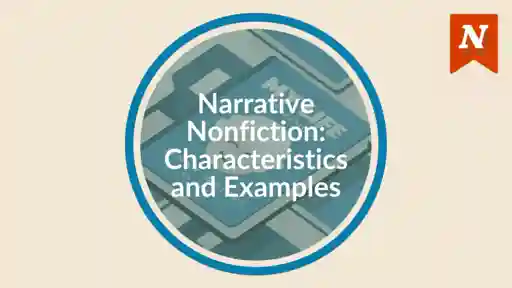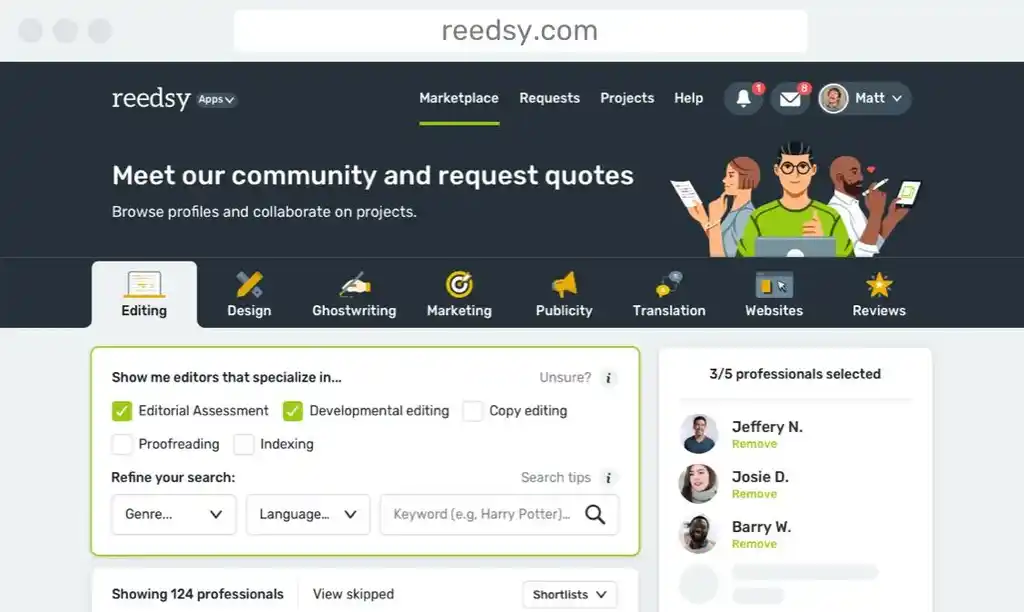You can easily find a novel outline template such as a spreadsheet full of empty fields to fill. Yet columns and rows of blank space are also daunting. Here are 5 tips for an easier outlining process:
1. Choose a flexible story outline template
The word 'template' has connotations of stencil-like rigidity. The thing about storytelling is it's fluid, creative, and often full of surprises and new discoveries, whether you're outlining or drafting.
For these reasons, many writers prefer a flexible approach. Joseph Heller used a grid-style template showing time on the vertical/y-axis and events/characters on the horizontal/x-axis when he wrote Catch-22.
This isn't as much a template as it is a visual aid for organizing the sequence of events and the characters they involve. It's a messy, 'customized' solution to specific challenges (chronology, cause and effect).
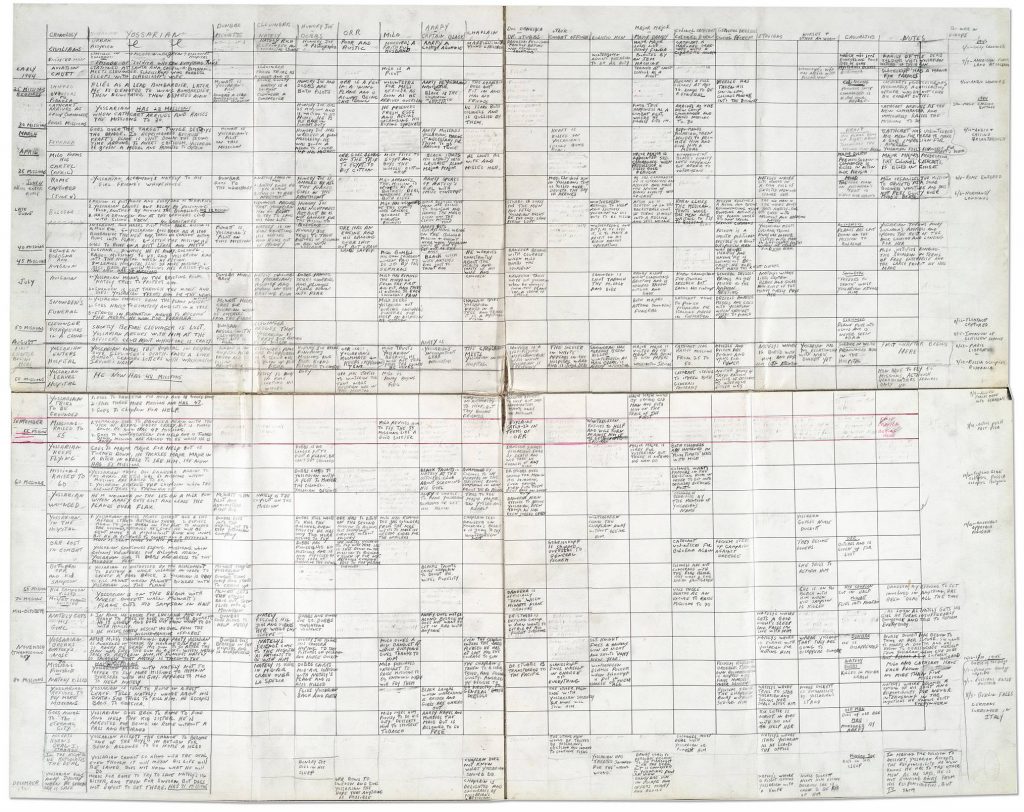
2. Focus on a few story elements at a time
The word 'template' (in its 'writing tool' sense) literally means 'something that serves as a model for others to copy.'
The problem with 'copying' is that each writer follows a distinct, slightly different path to working out their story.
Whatever you prefer to work on first, whether it's characters and a timeline of events or an outline of scene and setting ideas, make sure you focus on a few elements at most at a time.
The advantage of a step-by-step novel outlining process that leads you through small, manageable tasks (such as profiling individual characters' goals and motivations), is it's less daunting than a massive, sprawling template like Heller's. Small wins and gains are fun, and before you know it, the bigger picture has emerged.
3. Update your outline while drafting
We often think of outlining and drafting as linear, sequential processes. Outline done? You'll write a flawless draft in one push next. Except that it often doesn't work out like this. It's common to have two or more drafts, and to get so lost in scene-level detail that it becomes hard to know the way forward.
If you have an idea for a new character, ora transitional scene between key events, you can always step out of the detail-focused process to create a quick character sketch or outline.
Use outlining this way, not as a process set in stone. The story outline PDF that generates as you go in the Now Novel dashboard has links back to edit each section of your outline to make this easier. This helps you keep an overview even while you forge a few scenes ahead.

4. Use your novel outline to create scene prompts
Outlining a story in full is useful for several reasons. As you think about the individual elements of a story - characters, plot points, settings and conflicts - pieces start falling into place. Yet it's also easy to spend time creating a story outline you don't use to its full potential.
Once you have an outline, chunk it up into writing prompts for individual scenes.
Say, for example, you've brainstormed a chain of rising and falling events that bring a main character closer to their goals (with complications along the way). Open these plot point summaries out alongside your current draft. If you have summarized plot points such as:
- Cinderella finds out about the ball
- Cinderella's stepmother finds out and plots to stop Cinderella attending
- Cinderella gets help from her fairy godmother
Each of these could be a heading you write down at the start of drafting a scene that involves narration, dialogue and action.
Use the broad points of your outline to decide the focus and purpose of each scene. You can also dive back into your outline to add more when, for example, you find you want to introduce a secondary character and would like to visualize their appearance or work out their backstory to a fuller degree, first.
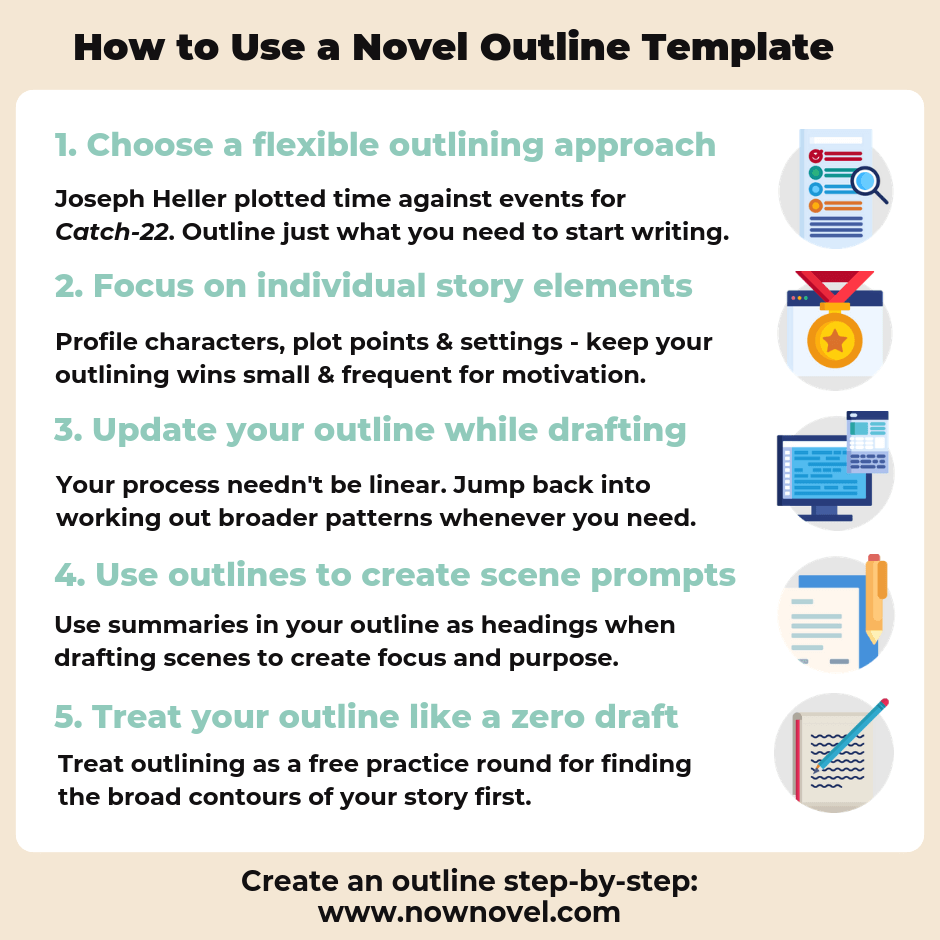
5. Treat your template as your 'zero draft'
A crucial thing to remember when you use either a novel outline template or a more flexible prompted process is to keep the process playful and free.
Many writers think everything that makes it onto the page has to be polished, sacrosanct.
It's more productive to think of an outline as a 'zero draft'. This term is often used (especially in script-writing) to refer to an unstructured, very rough draft whose purpose is brainstorming the general contours of the story rather than any kind of polished, nuanced 'final' version.
The advantage of treating outlining this way - with creative freedom and flexibility - is you can depart from your finished outline whenever you like, turfing some parts and adding in others. By the time you get to drafting, you'll already have a compelling story in summary form.
Instead of a copy-paste template, try a flexible outlining process to brainstorm your story's core elements.
